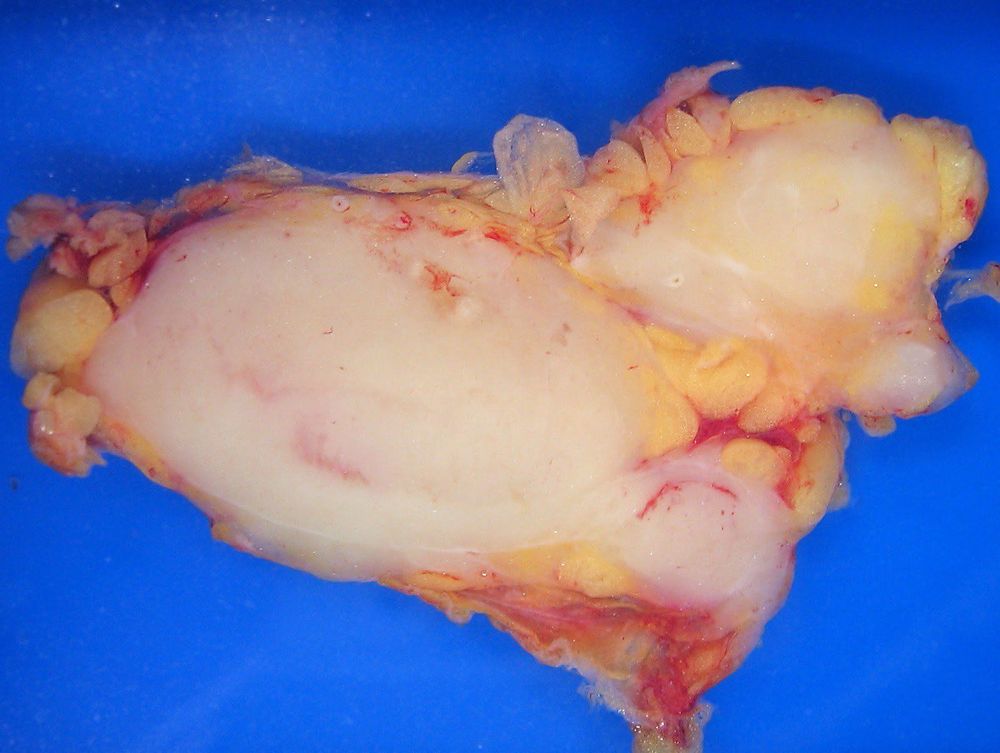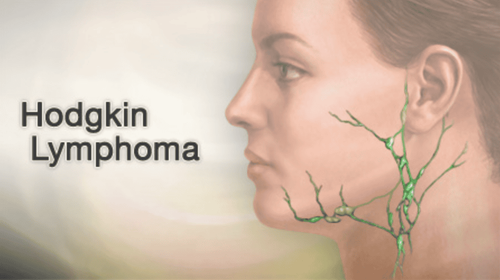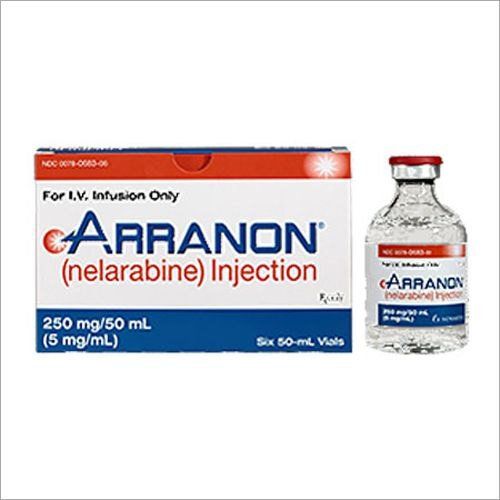This is an automatically translated article.
If Hodgkin lymphoma is diagnosed, detected early and treated promptly, the cure rate can be up to 80%.1. Diagnosis of Hodgkin's Lymphoma
1.1 Diagnostic methods for Hodgkin lymphoma Hodgkin lymphoma is diagnosed based on several tests and medical history. The test methods used to diagnose the disease are known as follows:X-ray or computed tomography (CT-scan); Lymph node biopsy: helps to check for the presence of one or more abnormal cells; Blood tests: determine the number of red blood cells, white blood cells and platelets; Pulmonary function test: assess the functioning of the lungs; Echocardiography : evaluates the functioning of the heart; Bone marrow biopsy: check the extent of tumor metastasis. 1.2 Diagnosis of stages of Hodgkin lymphoma Based on the results of the diagnosis, the doctor will evaluate the extent and extent of the disease to determine which stage the disease is progressing to, thereby deciding and choosing the appropriate treatment. suitable treatment.
The 4 main stages of Hodgkin lymphoma are described as follows:
Stage I: The tumor affects only 1 group of lymph nodes. At this time, the localization of the tumor is on one side of the diaphragm. Stage II: The tumor begins to affect 2 or more groups of lymph nodes. At this time, the localization of the tumor is only on one side of the diaphragm. Stage III: The tumor affects the spleen. The location of the tumor exists in the lymph nodes located both above and below the diaphragm. Stage IV: The tumor has spread outside the lymph nodes and affects other areas such as the liver, lungs, or marrow.

Phương pháp điều trị được lựa chọn dựa vào tình trạng và bệnh đang ở giai đoạn nào
2. Is Hodgkin lymphoma curable?
The treatment method depends on the stage of the disease and some other factors such as the number and size of the lymph node tumor, the patient's health, ....Radiation and chemotherapy are 2 methods. Treatment of common Hodgkin lymphoma, which can be combined or isolated depending on the stage of the disease as well as the patient's ability to respond to treatment. In addition, surgery is also used, but this method is not as popular, mainly used to treat Hodgkin lymphoma with dominant nodularity in situ, and provided that this method can help eliminate complete removal of cancerous lymph nodes.
2.1 Treating Hodgkin lymphoma with chemotherapy Chemotherapy can kill and stop the growth of cancer cells. Some of the drugs used to treat Hodgkin lymphoma are ABVD, BEACOPP, MOPP, Stanford V. Patients may be prescribed one drug or many combinations at the same time. For lymphocyte-predominant nodular lymphoma, CHOP, ABVD, EPOCH, and CVP regimens are used in combination with rituximab. In addition, patients may also be prescribed chemotherapy alone or in combination with radiation therapy, depending on the stage of the disease. In the late stages, patients often receive a combination of chemotherapy and radiation therapy. For cases of successful chemotherapy treatment at an early stage, radiation therapy will not be combined.
2.2 Treatment of Hodgkin lymphoma with radiation therapy Currently, radiation therapy is considered the main and highly effective treatment method for patients with Hodgkin lymphoma. Radiation therapy is not recommended for lymphocyte-predominant nodular Hodgkin lymphoma. In stages I and II, radiation therapy is often combined with chemotherapy.
2.3 Side effects of Hodgkin lymphoma treatment The treatment of Hodgkin lymphoma often causes some side effects such as:
Nausea and vomiting. Hair loss. Tired. Diarrhea. Easy bleeding or bruising. The risk of infection is higher than normal. Some side effects of Hodgkin lymphoma treatment may occur later such as:
Decreased bone growth. The functioning of the lungs and heart changes. The risk of developing other cancers is higher than normal. Some boys may become infertile after chemotherapy.

Bệnh nhân điều trị có thể gặp phải tác dụng phụ như buồn nôn hoặc nôn
Schedule of re-examination: In the first 2 years after treatment, it is necessary to re-examine every 3 months. In the next 3 years, it is necessary to re-examine every 6 months. At the follow-up examination, the patient will be checked by the doctor for some clinical symptoms such as whether the lymph nodes are enlarged or not, ... ; at the same time do some blood tests and CT-scan. If the lymph node tumor is found to be enlarged again, the patient will be assigned to perform a biopsy to check. Patients should note some of the following symptoms, if they appear, they need to be re-examined immediately: Fever, weight loss, abnormally enlarged lymph nodes.... 2.5 What if Hodgkin lymphoma recurs? In the case of recurrence after treatment of Hodgkin lymphoma, there are 3 possibilities as follows:
Local recurrence: the tumor recurs at the original site. Regional Recurrence: Tumor recurs in an area close to the original site. Distant recurrence: the tumor recurs in another part of the body, far from the original site. In cases of recurrence, the patient will have to repeat the test cycle to re-evaluate the extent and condition of the tumor. Based on the test results, as well as the location of recurrence, previous treatments and the time after the first treatment, the doctor will prescribe the appropriate treatment.
In the case of Hodgkin lymphoma that recurs early after initial treatment or after chemotherapy and radiation therapy, the doctor will consider more aggressive treatment options such as stem cell transplant or bone marrow transplant.
Timely diagnosis of Hodgkin lymphoma and treatment will bring a high cure rate.
If you have unusual symptoms, you should be examined and consulted with a specialist.
Please dial HOTLINE for more information or register for an appointment HERE. Download MyVinmec app to make appointments faster and to manage your bookings easily.
MORE
What are lymphocytes? B lymphocytes: What you need to know T lymphocytes: What you need to know













